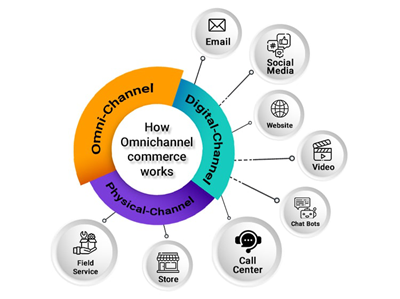In the ever-evolving world of e-commerce, businesses are constantly seeking innovative strategies to gain a competitive edge. One such rapidly growing trend is headless commerce, which has the potential to revolutionize the industry and provide brands with the tools they need to thrive in the digital marketplace.

Understanding Headless Commerce
Headless commerce involves separating the front-end and back-end of an e-commerce application. This separation allows brands to have more control over the front end, enabling them to provide a better user experience. With online shoppers increasingly demanding fast and seamless experiences, headless commerce can help brands meet these expectations and drive higher conversion rates.

Customization and Adaptation
One of the key benefits of headless commerce is the ability to customize and adapt to emerging channels. By decoupling the front-end and back-end, businesses can easily implement new features and designs without disrupting the entire system. This flexibility allows brands to stay ahead of the curve and quickly adapt to changing consumer preferences and market trends.

Seamless Omnichannel Commerce
Adopting headless commerce enables brands to achieve seamless omnichannel commerce, connecting with customers on their preferred devices and platforms. Strong omnichannel customer engagement strategies can lead to a 10% year-over-year increase in annual revenue, making it a crucial component in the quest for a competitive edge.

Agility in Personalization and Promotions
Headless commerce also allows for greater agility in delivering personalized content and promotions. By separating the front-end and back-end, businesses can quickly update and tailor their content to better engage with their target audience. This increased responsiveness can lead to improved customer satisfaction and, ultimately, higher sales and revenue.
